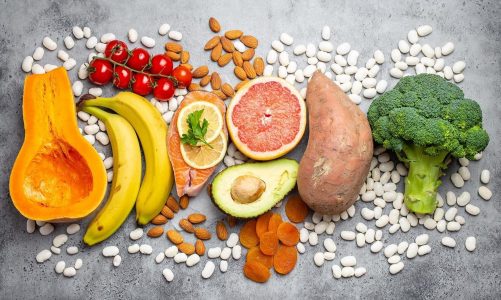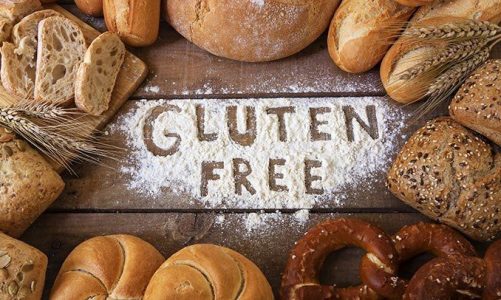Passion fruit, also known as “the king of fruits”, “maracujá”, “love fruit”, and “fruitlover” (1), is another produce which became popular due to its health benefits and balanced nutrition. More than 110 phytochemical substances have already been identified in its pulp, leaves, peels and seeds (1).
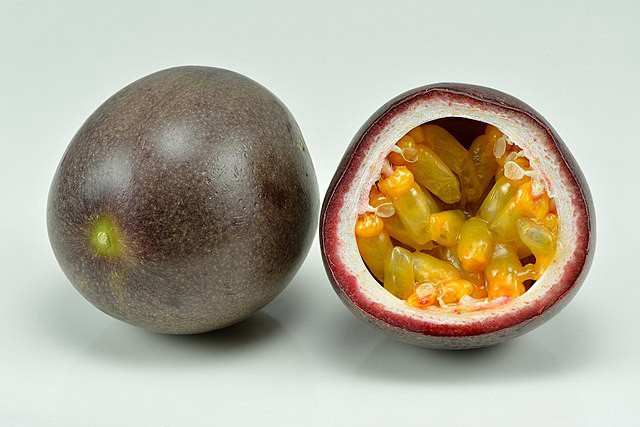
The fruit is mostly eaten raw or processed into juice, which is often added to the other fruit juices to enhance the aroma (2,3). In addition, a range of other products has been developed, including cake, ice cream, jam, jelly, yoghurt, compound beverage, tea, wine, vinegar, soup-stock, and condiment sauce (1). Besides pulp, the peels and seeds contain high levels of bioactive compounds and are studied to be included into human nutrition. Different parts of the plant are also interesting for the cosmetic industry and already used in the traditional medicine in many countries.
The leaves have very pleasant taste and are used to prepare a delicious stress relief tea. They contain fiber, niacin, vitamin A and C. The peels, characterised by the high levels of polyphenols, fibers and trace elements, are used for making wine or tea, cooking dishes, extracting pectin and medicinal ingredients, and processing feed (1). The seeds are edible and contain high protein and oil amounts (mainly linoleic acid, oleic acid, and palmitic acid).
Two main commercial varieties are the yellow-fruited Passiflora edulis f. flavicarpa O. Deg. and the purple-fruited P. edulis Simst, named after the colour of their skin (1,4). Recently, more interest has been put also on the orange variety, Passiflora caerulea, due to its sweet flavour and abundance of bioactive compounds (4).
Nutrition
Passion fruit is an excellent source of nutrients, such as carbohydrates, proteins, dietary fibers, vitamins, and minerals (Table 1 and 2). It contains nutritionally valuable compounds: vitamins A, B, C, K and E, and is high in carotens, potassium, calcium, magnesium, phosphorus and iron. The concentrations of nutrients differ among the passion fruit varieties as well as different parts of the plant (Table 2).
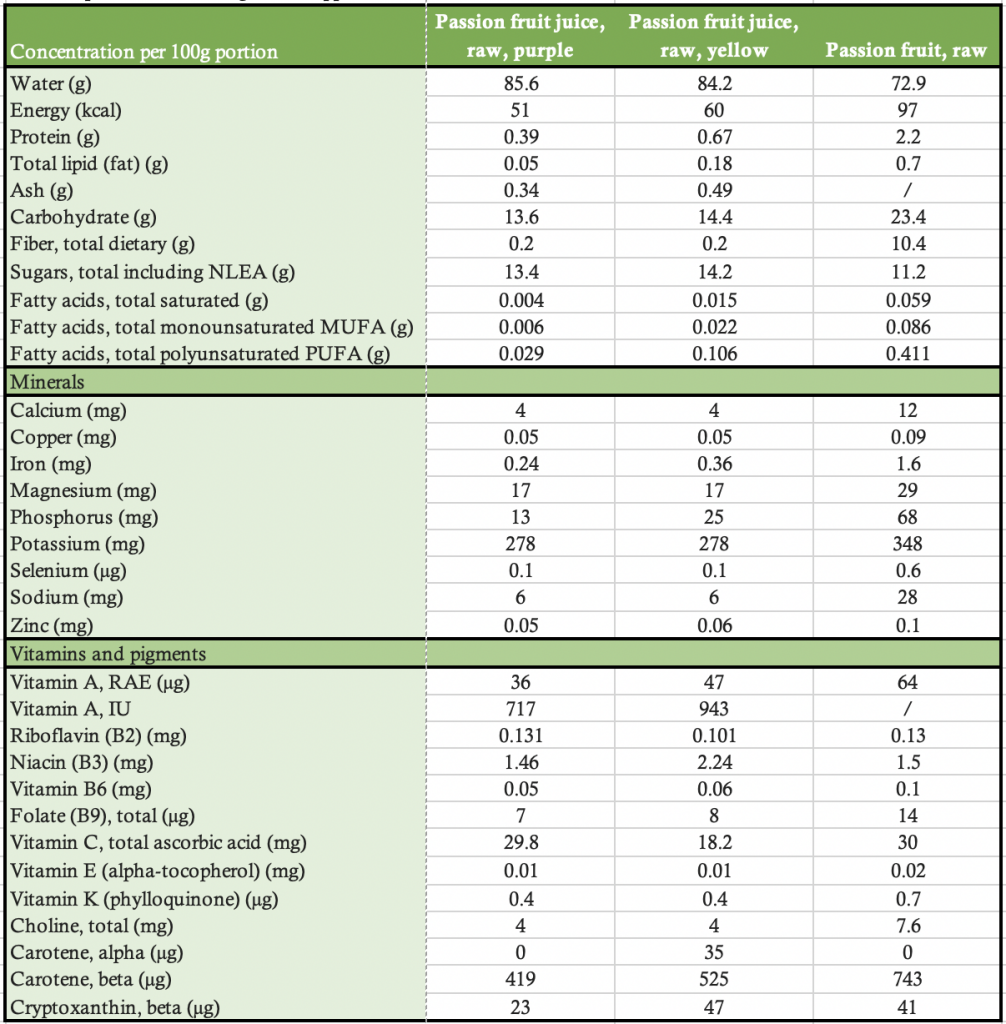
Table 1: Nutrition and bioactive compounds in passion fruit (Source: USDA FDC FDC); RAE — Retinol Activity Equivalent
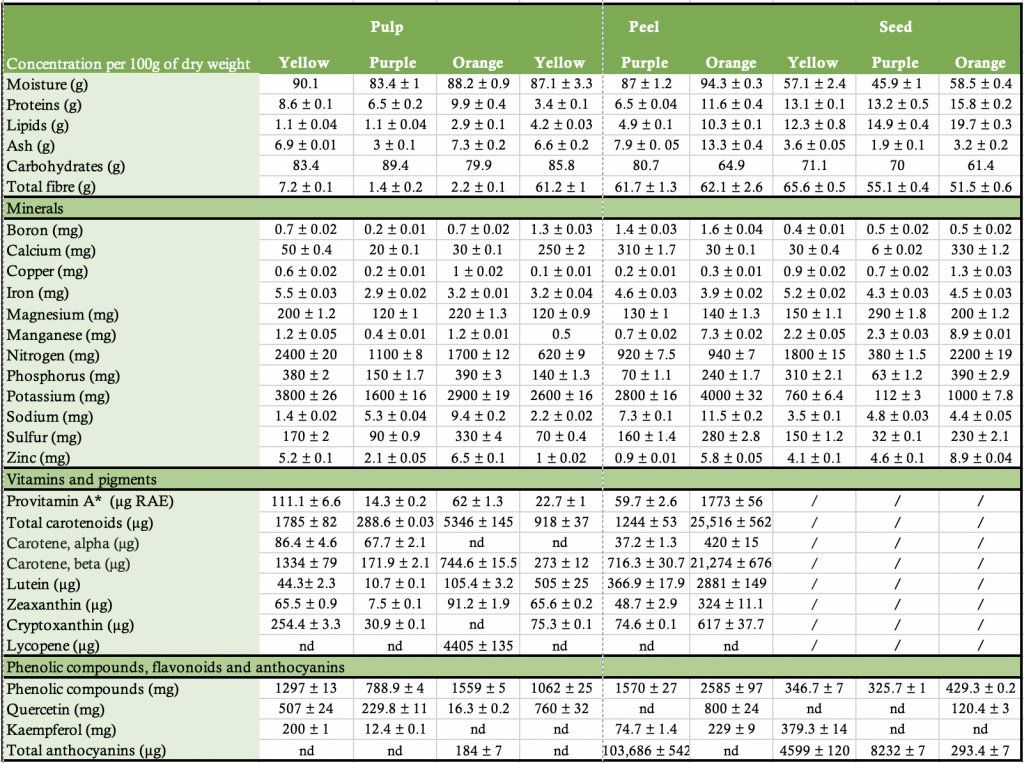
Table 2 — Nutrition and bioactive compounds in yellow, purple and orange passion fruit parts (Source: 4); nd — not detected, RAE — Retinol Activity Equivalent
Bioactive compounds
The pulp, peels and seeds of passion fruit have all a significant content of bioactive compounds. Passion fruit has a high content of phenolic acids, mostly anthocyanins and flavonoids, carotenoids (mostly beta carotene: up to 21.3 mg/100g in orange variety peel), lutein, zeaxanthin, vitamin C and A.
The content and type of bioactive compounds varies among the fruit parts and varieties (Table 2). For example, in the recent study comparing antioxidant potential and physicochemical characterisation of yellow, purple and orange passion fruit (4), yellow variety had the highest concentrations of pectin (37.4 g/100g) in peels; the highest cryptoxanthin, alpha and beta carotene, provitamin A, quercetin, and kaempferol in the pulp, and highest values of the total dietary fibre in seeds. The purple variety had the highest concentration of anthocyanins in peels (103.7 mg/ 100g) and seeds (8.2 mg/100g), while the orange variety had the highest levels of carotenoids (mainly beta carotene with 21.3 mg/100g) and kaempferol in peels; the highest contents of total soluble solids, lycopene (4.4 mg/100 g), lutein (91.2 μg/100g), zeaxanthin (105.4 μg/100g) and total carotenoids (5.3 mg/100g) in pulp, as well as high phenolics in all studied plant parts (Table 2;4). In general, the phenolic compounds are highest in the pulp and peels, flavonoid quercetin is most abundant in the peels, while anthocyanins have the highest concentration in the peels and seeds.
Bioactive compounds of passion fruit have been shown to have beneficial health activities, exhibiting a protective effect against the degenerative and chronic diseases and acting as the mutagenesis and carcinogenesis inhibitors (4). They were associated with the antioxidant, antimicrobial, antiallergic, antihypertensive, hepato- and lung-protective activities, anti-diabetic, sedative, antidepressant and anti-inflammatory activities (1,4). The leaves are widely used as the sedatives or tranquillisers in the United States and European countries (1).
Cultivation
Passion fruit is a perennial vine with big and beautiful flowers. It belongs to the genus Passiflora which has around 550 species. It is widely planted in the tropical and subtropical regions, especially in the South America, Caribbean, south Florida, South Africa, and Asia (1). The ideal conditions for the passion fruit cultivation are thus in the areas with the tropical and subtropical climate. Water content in the soil is one of the most important factors influencing the flowering of the plant. Purple variety is a bit more resistant to the lower temperature, nevertheless, cultivation in the greenhouses is recommended in the temperate climate.
Passiflora edulis is currently the most cultivated species with the seven varieties listed in the Plant List including P. edulis Sims, P. edulis f. edulis, P. edulis f. flavicarpa O. Deg., P. edulis var. kerii (Spreng.) Mast., P. edulis var. pomifera (M. Roem.) Mast., P. edulis var. pomifera (M. Roem.) Mast., P. edulis var. rubricaulis (Jacq.) Mast., and P. edulis var. verrucifera (Lindl.) Mast (5).
In conclusion, if you like the the taste or not, the flowers of passion fruits are always an impressive addition to your garden.
